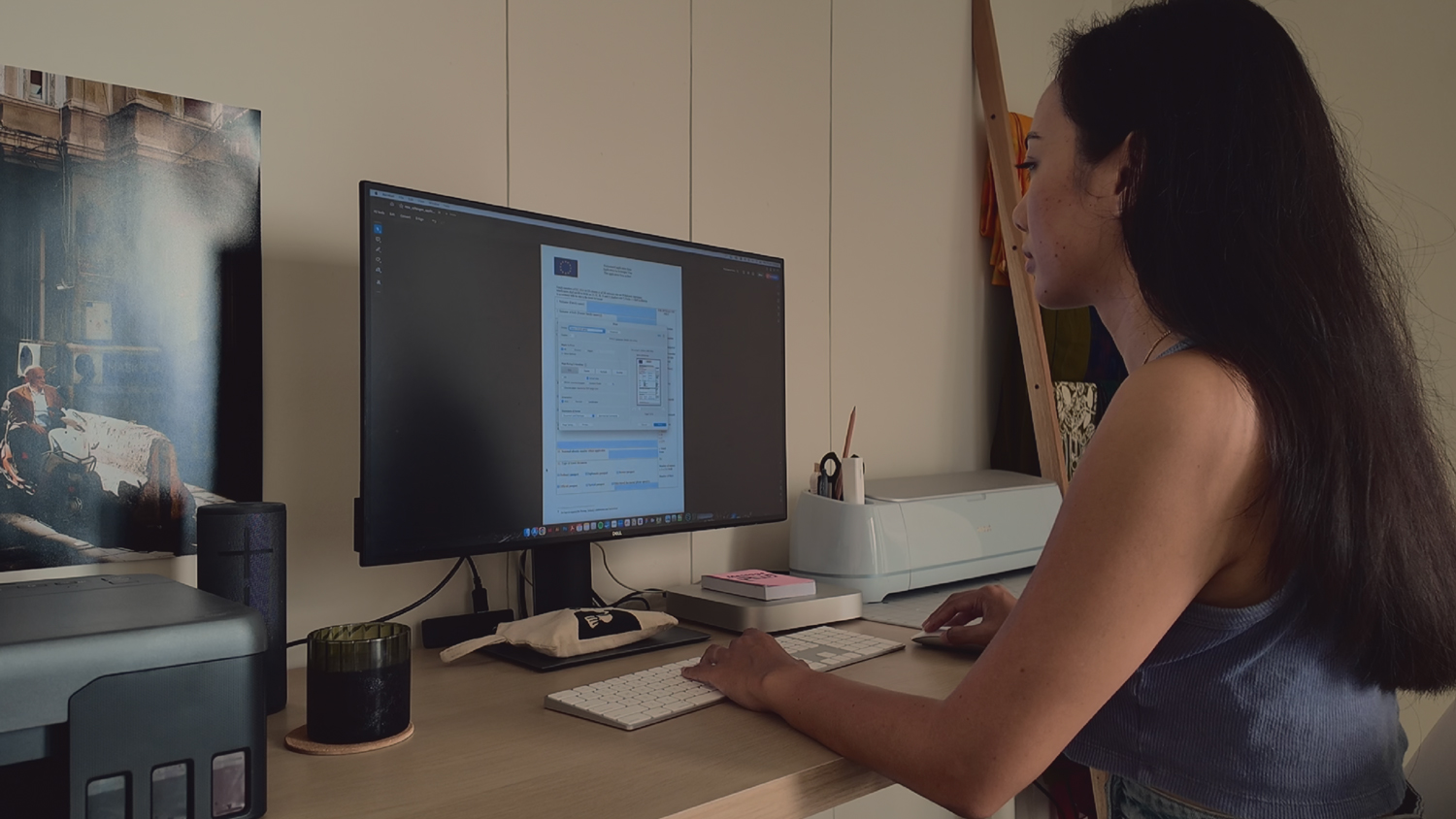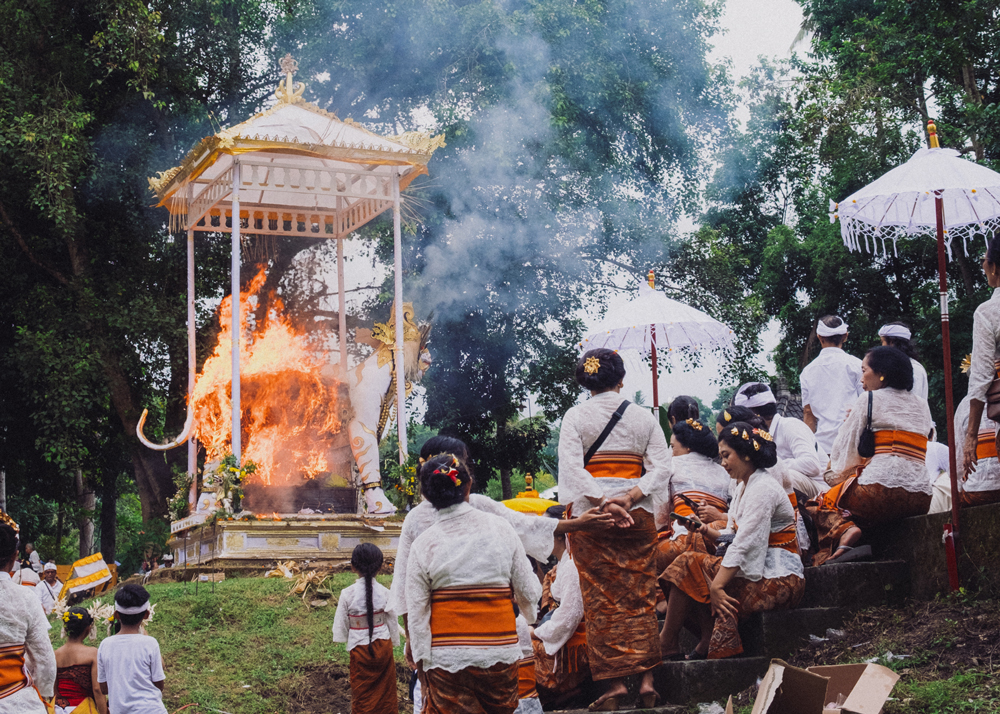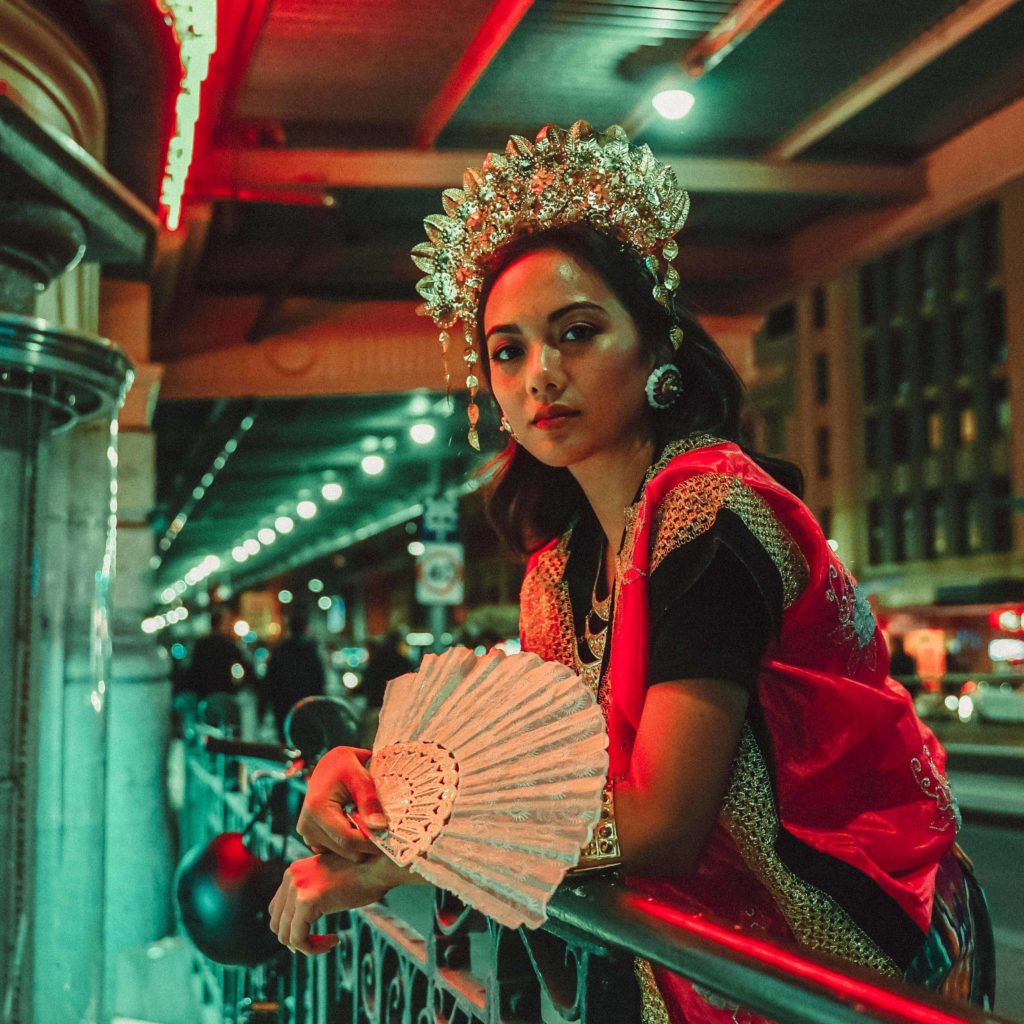
Tari Pendet is one of Bali’s most iconic traditional dances, originally performed as a sacred offering in temples. Rooted in Balinese Hinduism, the dance was created to welcome deities and spirits during religious ceremonies, with its movements embodying grace, reverence, and devotion. Over time, it transformed into a welcoming dance for audiences, symbolizing hospitality and the richness of Balinese culture.
Tari Pendet, in its modern form, was choreographed in 1950 by I Wayan Rindi, a legendary Balinese artist and master of traditional dance. It was first performed for foreign audiences in 1952 by Ni Ketut Cenik and Ni Ketut Reneng, two renowned Balinese dancers who helped introduce the dance to the world stage. I Wayan Rindi’s daughter, Merthi Poedijono, an accomplished dancer who graduated from KOKAR (the Indonesian Academy of Arts), continued to promote and teach the dance, preserving her father’s legacy. She played a key role in sharing the beauty of Balinese dance with others, including me.
I had the privilege of learning the basics of Tari Pendet from Bu Merthi at the Indonesian Consulate in Melbourne, where she taught me the foundational elements of this dance with care and passion. Unfortunately, as a child, I was more interested in learning dances from 90s R&B music videos than traditional Balinese dance, so my lessons came to an abrupt halt for over 20 years.
It wasn’t until I moved to Bali to fully immerse myself in Balinese dance that I picked up Tari Pendet again. Tari Pendet is one of the more foundational Balinese dances, making it one of the first dances taught in primary schools across Bali. Children as young as four years old begin learning this dance as the groundwork for all other Balinese dances.
Tari Pendet is composed of several fundamental movements: Agem, Luk Nerudut, Ngeseh, Ngelung, and Ulap-Ulap. Mastering these basics is essential, as they form the foundation and are repeated throughout the dance.
When I began learning Tari Pendet, I assumed it would take just a couple of weeks to master before I could move on to the next dance. However, I quickly realized the movements were far more complex and technical than I had imagined. Not only did I need to master the foundational moves individually, but I also had to seamlessly transition from one movement to the next while maintaining balance, precise angles, and consistent energy throughout. Every detail mattered—where my eyes needed to look, when to raise my eyebrows, how to move my fingers, the direction of my body, and even the position of my toes. Every part of the body had a specific purpose and function. Despite the dance’s slow tempo, it demanded intense concentration to ensure each body part was in the right position at every moment. It was challenging work. What I thought would take a few weeks ended up requiring nearly a year to perfect my movements.
To help me understand the music, my teacher, Bli Gunadi, played the kendang to isolate its sound from the gamelan orchestra. He also used a method called gamelan mulut, or “gamut,” where he mimicked the gamelan music vocally, replicating specific instruments as I danced. This helped me hear the music more clearly while synchronizing my movements to it. During practice, he would also adjust my body into the correct positions so I could physically feel how my body should align while dancing. Balinese dance is incredibly detailed and technical, requiring the dancer to remember countless elements simultaneously. The teaching methods used are essential in helping dancers truly understand what to listen for, how to feel the movement, and how to present themselves. In this art form, there is absolutely no room for error.

Learning Tari Pendet has been a humbling and rewarding experience. It taught me patience, discipline, and the importance of paying attention to the smallest details. What began as a dance I once overlooked as a child became a journey of reconnecting with my heritage and appreciating the depth of Balinese culture. While I’ve mastered this dance, I know that every Balinese dance tells its own unique story, and I look forward to continuing this journey one step at a time.




